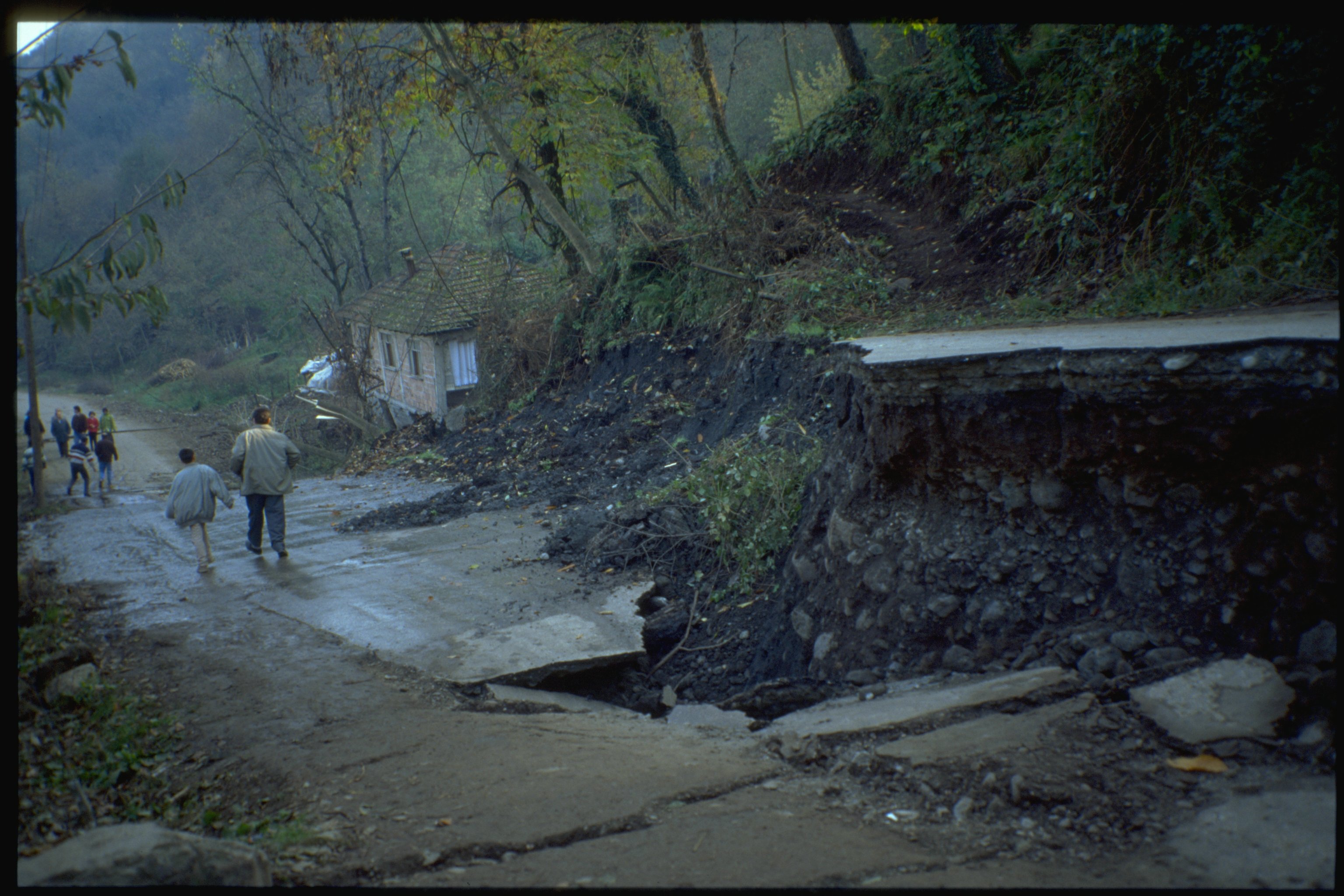All Categories
Featured
Table of Contents
Definition: Geophysical Survey in Beechina Oz 2021

(PREM)., and the boundaries in between layers of the mantle are constant with phase transitions.

This makes plate tectonics possible. Schematic of Earth's magnetosphere. The solar wind circulations from delegated right. If a world's magnetic field is strong enough, its interaction with the solar wind forms a magnetosphere. Early space probes mapped out the gross dimensions of the Earth's magnetic field, which extends about 10 Earth radii towards the Sun.
Inside the magnetosphere, there are fairly dense areas of solar wind particles called the Van Allen radiation belts. Geophysical measurements are generally at a particular time and location.
Geophysical Surveying in Melville Aus 2021
, integrates huge coordinates and the regional gravity vector to get geodetic coordinates. This technique just offers the position in 2 coordinates and is more hard to utilize than GPS.
Relative positions of two or more points can be identified utilizing very-long-baseline interferometry. Gravity measurements became part of geodesy since they were needed to related measurements at the surface area of the Earth to the recommendation coordinate system. Gravity measurements on land can be made using gravimeters released either on the surface area or in helicopter flyovers.
Sea level can likewise be measured by satellites using radar altimetry, adding to a more precise geoid. In 2002, NASA launched the Gravity Recovery and Environment Experiment (GRACE), in which two twin satellites map variations in Earth's gravity field by making measurements of the range in between the two satellites using GPS and a microwave varying system. , which are studied through geophysics and area physics.
Job Profiles : Geophysicist Physics in Glendalough WA 2022

Because geophysics is worried with the shape of the Earth, and by extension the mapping of features around and in the world, geophysical measurements include high precision GPS measurements. These measurements are processed to increase their precision through differential GPS processing. As soon as the geophysical measurements have been processed and inverted, the translated outcomes are plotted utilizing GIS.
Many geophysics business have developed internal geophysics programs that pre-date Arc, GIS and Geo, Soft in order to meet the visualization requirements of a geophysical dataset. Expedition geophysics is used geophysics that often uses remote picking up platforms such as; satellites, aircraft, ships, boats, rovers, drones, borehole sensing equipment, and seismic receivers.
Aeromagnetic information (aircraft gathered magnetic data) gathered utilizing conventional fixed-wing airplane platforms need to be corrected for electro-magnetic eddy currents that are developed as the airplane moves through Earth's electromagnetic field. There are likewise corrections connected to modifications in determined prospective field intensity as the Earth turns, as the Earth orbits the Sun, and as the moon orbits the Earth.
Geophysicist Job Description in East Victoria Park WA 2023
Signal processing involves the correction of time-series data for undesirable sound or mistakes presented by the measurement platform, such as airplane vibrations in gravity data. It also includes the reduction of sources of sound, such as diurnal corrections in magnetic data. In seismic information, electromagnetic data, and gravity data, processing continues after error corrections to consist of computational geophysics which result in the last analysis of the geophysical data into a geological interpretation of the geophysical measurements Geophysics became a separate discipline just in the 19th century, from the intersection of physical geography, geology, astronomy, meteorology, and physics.
The magnetic compass existed in China back as far as the 4th century BC. It was not until good steel needles might be forged that compasses were used for navigation at sea; before that, they might not keep their magnetism long enough to be useful.
By looking at which of eight toads had the ball, one could identify the direction of the earthquake.'s (1600 ), a report of a series of careful experiments in magnetism.
Bsc Geophysics in Millendon Aus 2023
In 1687 Isaac Newton published his, which not only laid the structures for classical mechanics and gravitation but also discussed a range of geophysical phenomena such as the tides and the precession of the equinox. The first seismometer, an instrument capable of keeping a constant record of seismic activity, was constructed by James Forbes in 1844. Geochemistry, Geophysics, Geosystems. National Aeronautics and Space Administration. Retrieved 13 November 2018.
Runcorn, S.K, (editor-in-chief), 1967, International dictionary of geophysics:. Pergamon, Oxford, 2 volumes, 1,728 pp., 730 fig Geophysics, 1970, Encyclopaedia Britannica, Vol. Intro to seismology (Second ed.).
Latest Posts
Geophysical Survey In Archaeology in Neerabup Australia 2022
Geophysicists in Glen Forrest WA 2020
Geophysical Survey in Lockridge Oz 2023